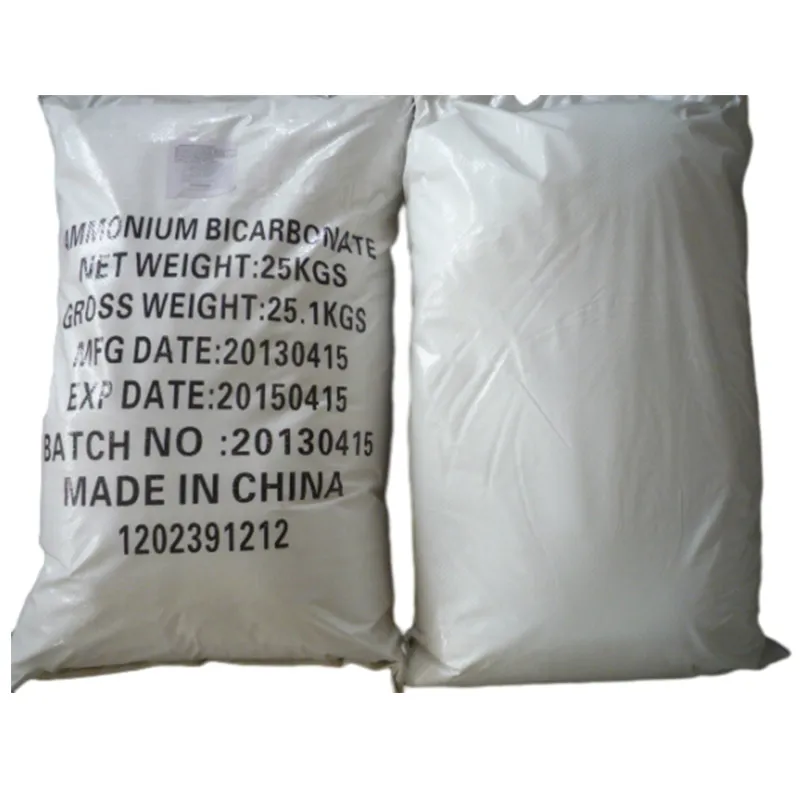
Exploring the Safety and Uses of Titanium Dioxide as a Food Additive in Modern Cuisine
Titanium Dioxide as a Food Additive Safety, Uses, and Controversies
Titanium dioxide (TiO2) is a widely used food additive that serves primarily as a coloring agent, providing a bright white hue to a variety of products. This compound is found in a plethora of food items, including candies, baked goods, dairy products, and even some chewing gums. While it has been widely accepted in the food industry for years, recent discussions surrounding its safety and potential health impacts have sparked considerable debate among scientists, regulatory bodies, and consumers alike.
Uses in Food Products
Titanium dioxide is favored for its non-toxic, stable, and effective whitening properties. It acts as a pigment that enhances the visual appeal of food products by providing a desired level of opacity. Additionally, it is used in various cosmetic and pharmaceutical products, reinforcing its multifunctional role in the manufacturing industry. The additive is usually labeled as E171 in the European Union and can be found in ingredient lists around the world.
The use of titanium dioxide is not confined to the food industry; it is also widely used in the production of paints, coatings, and plastics due to its excellent UV-blocking capabilities. However, this cross-industry application also raises questions about the purity and safety of titanium dioxide sourced for food use.
Safety Concerns and Controversies
Despite its long-standing history in food production, recent studies have raised alarms regarding the safety of titanium dioxide, particularly in its nanoparticle form. Nanoparticles are tiny particles engineered at the molecular level to achieve specific properties. Research suggests that ingesting titanium dioxide nanoparticles may have potential health risks, including digestive system irritation and a possible link to inflammation and carcinogenic effects.
titanium dioxide food additive

In 2020, the European Food Safety Authority (EFSA) undertook a comprehensive evaluation of titanium dioxide, expressing concerns that it could no longer be considered safe when used as a food additive. This assessment was based partly on studies that indicated nanoparticle forms might accumulate in the body and have adverse effects on cellular functions.
As a result of these findings, several countries and regions have moved to ban or restrict the use of titanium dioxide in food products. France, for example, was among the first to announce a ban on E171 in food starting from 2020, citing the potential health risks associated with its ingestion. Other jurisdictions, including some parts of Europe, are contemplating similar measures.
Current Regulatory Landscape
As of now, regulatory perspectives on titanium dioxide as a food additive vary significantly worldwide. In the United States, the Food and Drug Administration (FDA) continues to permit its use, categorizing it as generally recognized as safe (GRAS) when used appropriately. However, the situation is dynamic, and the FDA has been prompted to closely monitor emerging scientific data regarding the safety of this additive.
Conclusion
The debate over titanium dioxide as a food additive underscores the ongoing tension between the benefits of food modernization and the imperative of consumer safety. As scientific inquiry into the health implications of titanium dioxide continues, consumers are advised to stay informed and consider the ingredients in their food. Ultimately, the future of titanium dioxide in the food industry may hinge on the balance between its food-enhancing properties and the health concerns that have begun to dominate the conversation. Keeping a close eye on regulatory updates and scientific insights will be crucial for anyone interested in the evolving landscape of food safety and ingredient transparency.
-
nitrile-rubber-honoring-strict-production-standardsNewsAug.22,2025
-
aspartame-ingredients-honoring-food-safety-valuesNewsAug.22,2025
-
fertilizer-for-balanced-plant-nutritionNewsAug.22,2025
-
cyanide-gold-processing-with-high-purity-additivesNewsAug.22,2025
-
formic-acid-in-textile-dyeing-applicationsNewsAug.22,2025
-
aluminum-hydroxide-gel-in-skincare-productsNewsAug.22,2025
-
Regulatory Compliance for Global Mining Chemicals UseNewsAug.12,2025
Hebei Tenger Chemical Technology Co., Ltd. focuses on the chemical industry and is committed to the export service of chemical raw materials.
-

view more DiethanolisopropanolamineIn the ever-growing field of chemical solutions, diethanolisopropanolamine (DEIPA) stands out as a versatile and important compound. Due to its unique chemical structure and properties, DEIPA is of interest to various industries including construction, personal care, and agriculture. -

view more TriisopropanolamineTriisopropanolamine (TIPA) alkanol amine substance, is a kind of alcohol amine compound with amino and alcohol hydroxyl, and because of its molecules contains both amino and hydroxyl. -

view more Tetramethyl Thiuram DisulfideTetramethyl thiuram disulfide, also known as TMTD, is a white to light-yellow powder with a distinct sulfur-like odor. It is soluble in organic solvents such as benzene, acetone, and ethyl acetate, making it highly versatile for use in different formulations. TMTD is known for its excellent vulcanization acceleration properties, which makes it a key ingredient in the production of rubber products. Additionally, it acts as an effective fungicide and bactericide, making it valuable in agricultural applications. Its high purity and stability ensure consistent performance, making it a preferred choice for manufacturers across various industries.





